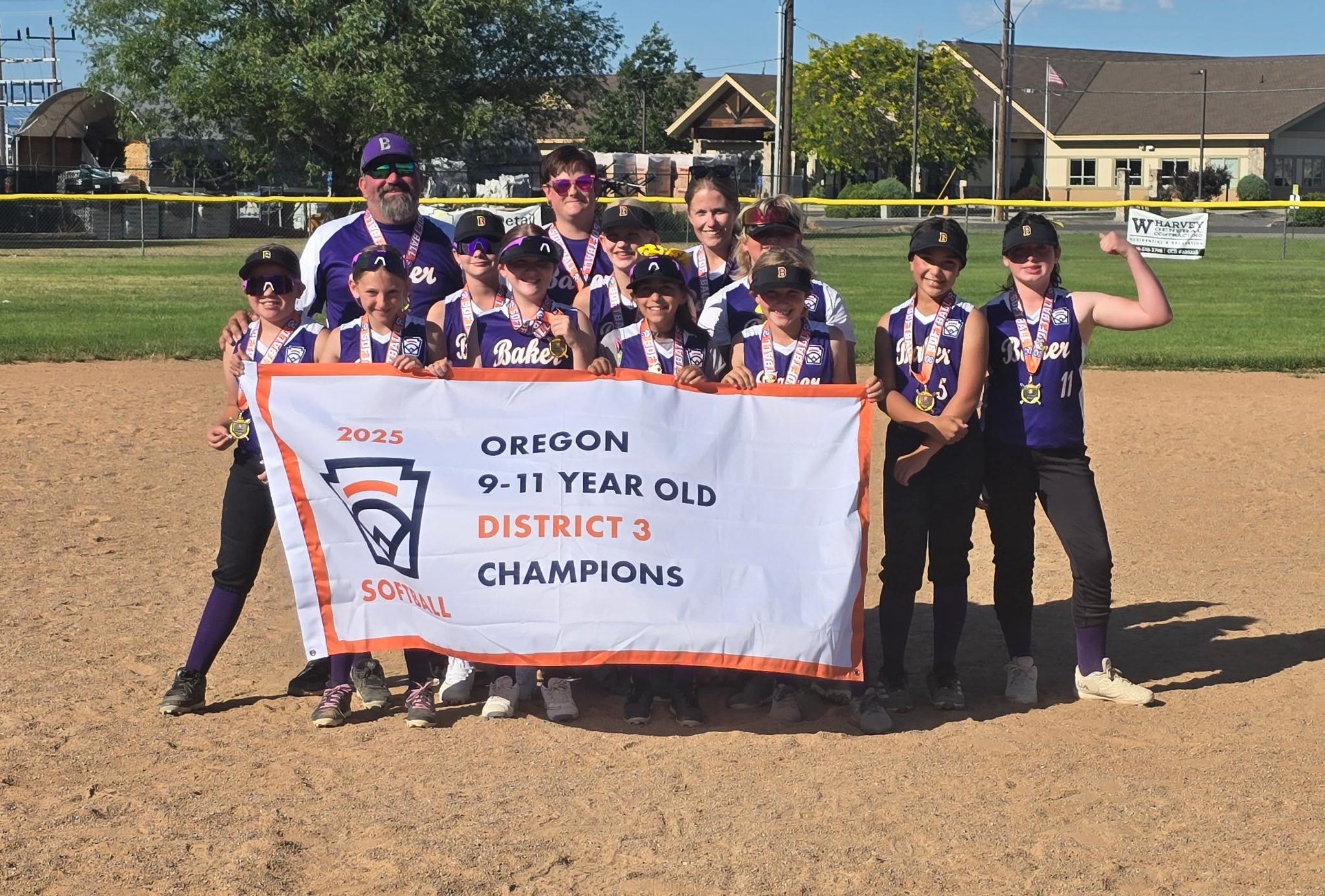COLUMN: Hats, hate speech, and freedom’s future at stake
Published 11:30 am Friday, January 13, 2023
I’m grateful that a person’s choice of headwear does not suspend his First Amendment rights.
But I’m troubled that this matter didn’t reach such an obviously proper conclusion until it stood a single legal rung below the top of America’s judicial ladder, the U.S. Supreme Court.
This suggests that our fundamental freedoms aren’t quite so robust as I believed them to be, and that notion chills me, as a brisk north wind does, and I am powerless not to wince.
The recent ruling by the 9th U.S. Circuit Court of Appeals involves Eric Dodge, a middle school science teacher in Vancouver, Washington.
In 2019 Dodge, while attending a cultural sensitivity training through the Evergreen Public Schools, brought a bright-red hat with the logo “MAGA,” which stands for “Make America Great Again” and is probably the symbol most directly associated with former president Donald Trump.
Dodge didn’t wear the cap during the training but he left it on his desk, according to news reports.
Following the training, Caroline Garrett, the principal at the school where Dodge taught, told him several people had complained about the MAGA hat. She told Dodge that to many people, the hat represented hate and bigotry.
Garrett said she couldn’t force Dodge not to wear the hat, but she asked him to “use better judgment.”
The next day, Dodge brought the hat to another event, this one at the district’s high school. That, according to news reports, prompted a verbal altercation between Dodge and Garrett, which led to Dodge filing a lawsuit in which he claimed that Garrett called him a “racist” and a “homophobe.”
A lower court ruled in the district’s favor.
The 9th Circuit Court of Appeals, to its credit, reversed that blatantly unconstitutional error.
The panel of judges from the Appeals Court acknowledged that some of Dodge’s co-workers at the sensitivity training “may have been outraged or offended by the plaintiff’s political expression.”
I have no doubt this is true.
But being outraged or offended, however unpleasant the feeling might be, is what citizens sometimes have to endure while living in a nation which is truly committed to allowing people to express themselves freely.
This seems to me a bargain that’s not merely fair, but rather miraculous.
The freedom to say what I want to say — and to wear the hats I prefer to don — without fear of reprisal from a public school principal or any other government representative is vastly more important to me than the possibility that I will hear someone make an offensive comment, or that I will see a ballcap with a slogan which annoys me.
News of the Appeals Court’s ruling arrived, coincidentally, while I was reading a fascinating book from 2021, Eric Berkowitz’s “Dangerous Ideas: A Brief History of Censorship in the West, from the Ancients to Fake News.”
I was especially interested in Berkowitz’s thorough description of how America, in fits and starts, advanced from the egregious repressions of free speech the federal government under president Woodrow Wilson imposed in 1917-18, when the country was embroiled in World War I, to the current embrace of all viewpoints, no matter how noxious.
Except I don’t feel quite so sanguine now in claiming this level of tolerance reflects the current situation in America.
I fear that our society, in pursuing the well-meaning and worthwhile goal of confronting racism and sexism and other odious forms of intolerance, is eroding the foundation of freedom we’ve built with such care over the past century or so.
The problem, it seems to me, is that too many people have succumbed to the siren song of their personal feelings and forgotten that true freedom requires that everyone accept the words and images that make them so furious or disgusted.
I understand the temptation — people are passionate, and rarely more so than when it comes to how we treat each other.
For some, the current battle against intolerance is no less a war than the terrible wastage of lives that bloodied the trenches of France and Flanders more than a century ago and that eventually pulled America into that cauldron.
But it’s precisely such times, whether the war is one of bullets and bombs, or of words and ballcaps, when we must be especially vigilant in defending our most basic rights, because that same passion puts those rights at the greatest risk.
When the doughboys were dying in their droves at Belleau Wood and in the Argonne, our nation’s leaders used this heroism to justify the stifling of any statement back home, uttered or published, that could be construed as anything but a childlike belief in the wisdom of every decision those leaders made.
That insulted the brave men who died.
They made the ultimate sacrifice not in defense of the few, but of all — the patriot and the crackpot alike, who have an equal share in the First Amendment.
That’s the ideal, anyway.
We have strayed from that ideal, of course, and at times terribly so, as during the Great War.
I don’t mean to imply, just because I happened to be reading about both episodes the same day, that hassling a teacher over his MAGA hat is the modern equivalent to the Sedition and Espionage acts that the Wilson administration employed so obnoxiously.
But I can’t condone the notion that when it comes to the First Amendment, there are gradations of erosion which we ought to tolerate.
I subscribe to the notion that, just as the only amount of poison that should be allowed to pass a baby’s lips is no poison, so too the only acceptable limits to speech are no limits, beyond the “don’t yell ‘fire’ in a crowded theater” ones we long ago conceded were reasonable.
If we can’t don a certain hat with confidence that doing so won’t get us into a tussle with the government, then we can hardly say what’s in our hearts without first performing a sort of mental editing, a parsing of our words lest they tickle the wrong ears.








